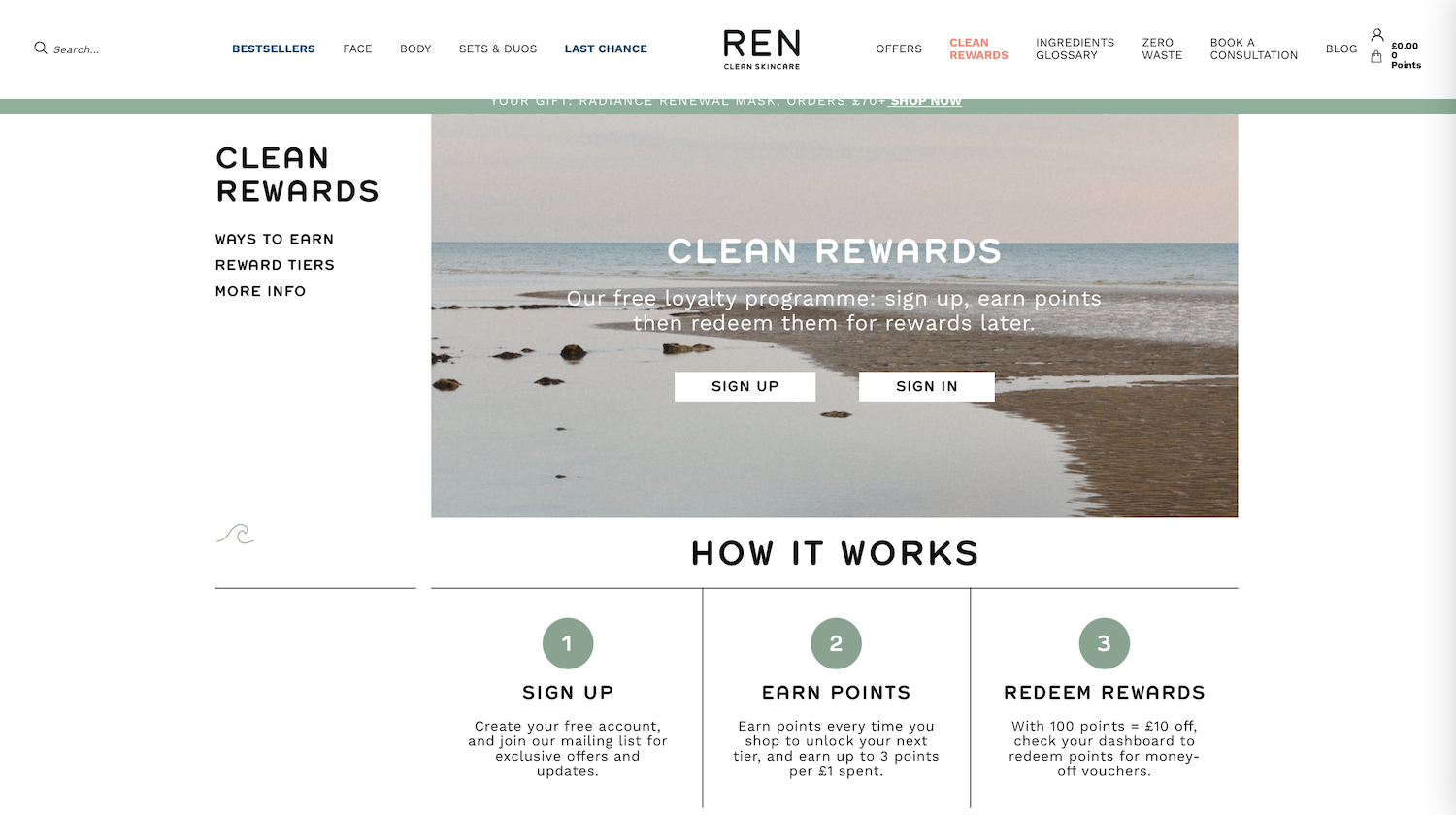It’s a universal trait to want to identify with a group that reflects your values. And, this phenomenon also comes into play when we’re making buying decisions and when we’re building customer loyalty. Whether we notice it or not, each brand represents various values. Through owning their products, we automatically associate ourselves with those brands. In other words, “you are what you wear”.
Our recent research found that 68% of customers purchase from brands that share their values and it’s “the largest driver” for building customer loyalty.
Ecommerce Author and Podcast Host, Chloë Thomas, had this to say on the topic:

“As the ecommerce high street becomes more competitive the number one way to keep your customers coming back and stand out from the crowd is to create an emotional connection.
That’s not something you can hope will just happen! You have to put in the effort to work out what the values of your business are, what you stand for and how you can get in front of the customer. You have to work out the common values your target customers hold and focus on those that align with your business values.
The stronger the alignment between your business and your customers the more loyal the customers will become – the more they’ll buy and the more they’ll encourage others to buy.”
To build loyalty, you need to show how you’re aligned with your customers. Here’s how.
1️⃣ Define your brand values
To win your customers’ loyalty for the long-term, you need to show how your values are aligned with them. Ask yourself what do you believe in, what you are passionate about, and what you stand for. Try not to pick a side to stay on-trend, customers can spot inauthenticity a mile off.
Lively, a sophisticated leisurée brand, defines themselves as a company “inspired by women with wild hearts and boss brains”. This shows that Lively cares about what empowers women today: being smart, healthy, active and confident.
Our study found that community is also important when building customer loyalty; 47% of shoppers said they would be loyal if they become part of a circle of like-minded shoppers.
To build emotional connections, Lively designed a tiered loyalty program structure made of three levels: ”Bestie”, “Total Boss”, and “Powerhouse”. By creating tiers that their customers could aspire to, Lively increased the customer lifetime value by 39%.
2️⃣ Back your values
89% of customers buy from brands that are associated with a good cause. On top of this, as the largest digital buyers, 73% of millennials are willing to spend more with stores that are socially conscious.
But, be careful. When building customer loyalty you need to demonstrate that you “understand the difference between rallying behind a cause and standing for a purpose”. In other words, you need to implement your brand values into every part of your brand.
The skincare leader, REN Clean Skincare, is founded on the motto “Clean to skin, clean to planet”. Because of this, all their ingredients are sustainably sourced.
To enhance their brand community, REN also created a loyalty program called “Clean Collective Rewards”. Through creating a tiered loyalty program structure, REN enabled members to progress across three levels: “Ally”, “Advocate” and “Activist”. This motivated their environmentally-conscious customers to spend more to reach the next tier while supporting a cause they believed in.

Through this strategy, they have seen a 63% higher repeat purchase by loyalty program members compared to non-members.
3️⃣ Communicate your values
It is critical to reflect your brand values across all channels and platforms. Use your social media and email marketing to communicate who you are. This will allow you to build relationships with micro-influencers that stand for similar values.
These customers can then act as patrons of your brand and subsequently encourage others to become a member of your program.
Annmarie Skin Care promise “organic and wildcrafted” products that are sustainable and cruelty-free: a mission their loyalty program is built upon. When customers sign up, Annmarie sends an email highlighting their brand values and how members can contribute to those causes.
Ecommerce expert Chloë Thomas also echoes the importance of incorporating your values in your welcome page, as well as your “About Us” section:

“The simplest steps to doing this are to include your message, history, and story on your homepage, in your “About Us” page and across your in Welcome Campaign. Once you’ve made it clear what you’re all about, it’s time to start rewarding those who align with your company to build their loyalty and reap the rewards of repeat purchase and customer advocacy.“
Annmarie also designed a top-tier membership that enables subscribers to join a Facebook group where kindred spirits share anecdotes and wellness advice. They also use this as a way to educate members on social causes and to notify them of new product launches.
Thanks to their communication strategy, Annmarie’s members now spend 140% more than non-members.
Key takeaways
- 68% of customers are motivated by knowing that a brand shares their values
- 66% join a loyalty program to create long-lasting relationships with brands they like. You need to create a loyalty program that is consistent with your brand values and strengthens your brand community
- 89% of customers would switch to a brand that is associated with a good cause
- 47% of customers are motivated to be loyal if they can become a part of a community. Use your email marketing, events, and social media to create an engaging community with your customers
Not got time to read the report? See the results of our research in our infographic.




